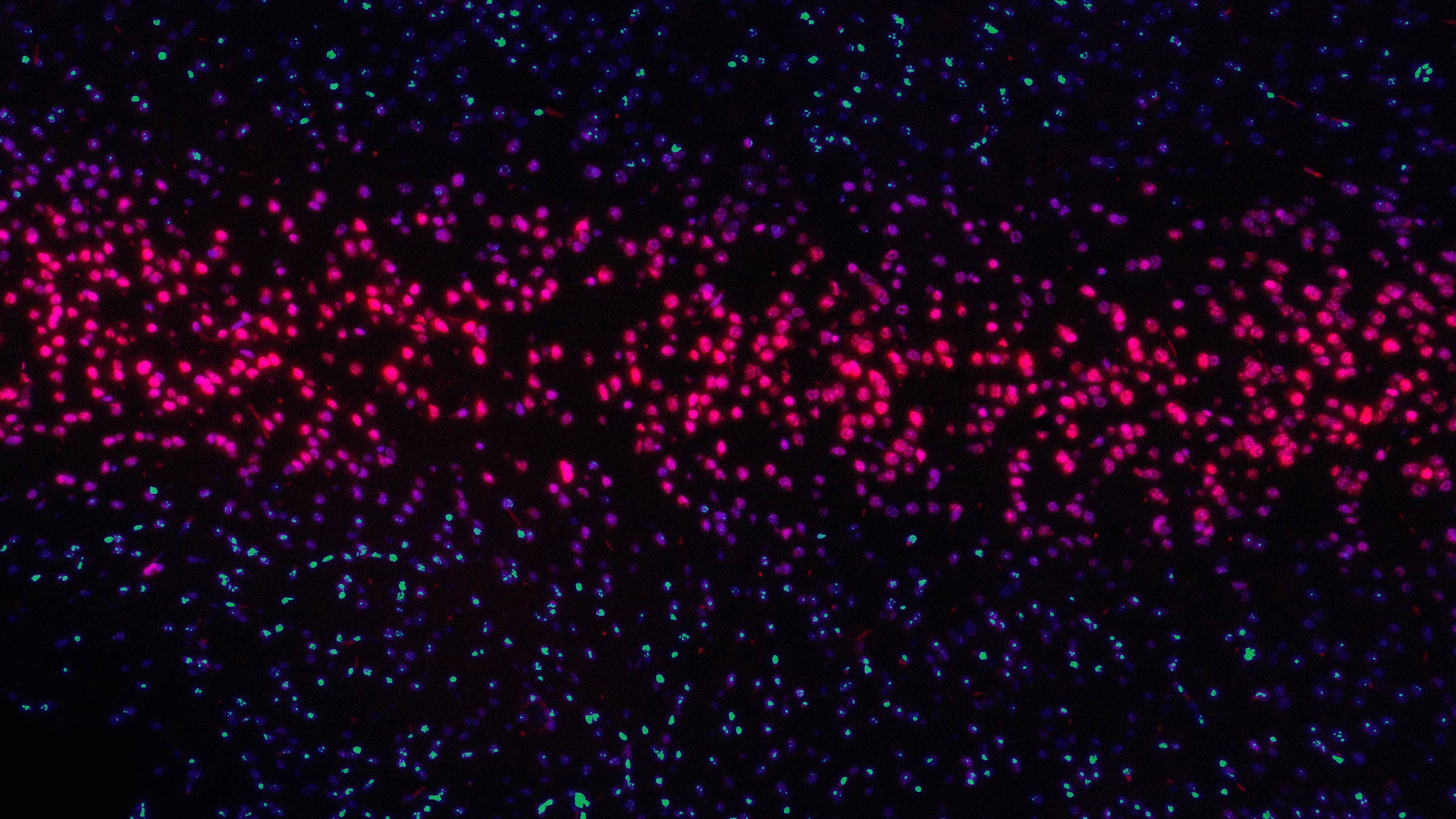Like all marketing efforts, CRO has its own process. It can differ slightly from company to company, but it usually follows a cyclical step-by-step process. Above all, it is important to have a structure to guarantee that your optimisations have reasoning, are supported by data, and are being tracked correctly.
In this second blog of a five blog series, we will walk you through the conversion rate optimisation process with Cohaesus.
Step 1: Exploratory phase
The CRO process starts with an exploratory phase. As the name suggests, our UX and Analytics teams will begin by exploring your website to understand your visitors’ point of view, where they are landing, what steps they are taking, what obstacles they may be encountering, and what can be done to tackle them. After that, we will have a workshop session to understand your business objectives and how to measure success. We will also identify the areas that hold the greatest opportunities for improvement.
Step 2: Data research and analysis
This is the most important step of the process as it allows us to make decisions based on evidence and numbers rather than intuition.
At this point, we want to obtain in-depth quantitative data using web analytic tools, like Google Analytics. This lets us derive data to understand the visitor’s behaviour – like visits to landing pages, device type, bounce rate, new vs. returning users, traffic sources, pageviews, etc. In this phase, we could also use qualitative data to support the quantitative data and to give us more insights about your site.
- Heatmaps: help to identify patterns and common user behaviour on an individual page of your website. For example, where are they clicking or not clicking? How far are they scrolling?
- Surveys: asking your visitors direct questions about your site performance and their frustrations can provide you with valuable information that can’t be achieved with quantitative data.
Step 3: Create hypotheses and prioritisation
Using the knowledge acquired in Steps 1 and 2, we create a high-level hypothesis of the proposed tests. A hypothesis, according to the Cambridge Dictionary, is “an idea or explanation for something that is based on known facts but has not yet been proved”.
The hypothesis will guide us through the next steps of the CRO process.

The three parts of the hypothesis are:
- Change: this is the element on the page that we want to test.
- Behaviour: after applying the change this is the behaviour we expect visitors to take, this is the desired action.
- Outcome: this is the goal or conversion we want to achieve. We start writing the hypothesis with the outcome. It is important to think of the What first before thinking How to achieve it.
Let’s imagine our goal is to get more people clicking on a button. We can now come up with ideas to move closer to the goal. Here is an example:
“By changing the call-to-action copy to ‘Buy now’ visitors will be motivated to take the action with urgency, therefore resulting in a higher click-through rate”
Once we have all the hypotheses in place we need to prioritise them, considering three aspects: impact, confidence and complexity. In this step, we are happy to have another workshop with you so we can work together on some hypotheses.
Step 4: Design and development
This step is where we execute the ideas. After approval, we will create a detailed test plan to cover the extra level of detail needed for implementation, like triggers, device type and duration. As well as any required visual designs.
The test plan document is produced to communicate the details of the experiment to the development team.
Step 5: Set up the test
Testing is where the magic happens. At this stage, we set the test, splitting the website traffic between the control and one or more variants of one or multiple pages. A/B testing, also known as split testing, is the most common type of test in CRO. In A/B testing, an online experiment is created with two variants of the same page. The traffic to the page is split 50/50, so half of the visitors see the original version (control) and the other half sees the new version (variant). Once the test has reached statistical significance the results are compared to see which variation performed better. (More about that in our next blog.) The variant that gives the highest conversions is the winner.
The main reason to run a test is to understand if a particular change on your site can help increase conversions. So it’s important to make sure that the test running time is long enough to obtain a substantial sample size.
Note: The run-time for a test will depend on the traffic volume (data sample) of your website, statistical significance and confidence level of the test. However, it is recommended to run the tests for a minimum of 2 weeks.
To conclude this step, the test needs to be QA’d. This process will make sure that all the changes we set on the test plan are working perfectly. It is a team effort, everyone is involved, including our clients. In QA, we can see what the test will look like and if all the conversions are being tracked correctly. QA concluded and approved – we are now ready to set the test live. Ready, set, let’s test!
Step 6: Monitor results and learnings
This is (not) the end. It is time to look at the numbers and write some insights. In short, when a test reaches statistical significance we can call the winner. If our hypothesis is correct, we say that the variant is optimal. You can now make the changes permanent on your site. If that’s not the case, we have to consider other hypotheses. In either case, it is all about the learnings. CRO is a trial and error process that requires a bit of patience. The important part is that each test result gives you a better understanding of your audience.
The CRO process can seem quite an effort; it is a long-term commitment and requires some patience. Which kind of sounds like a marriage. But I guarantee, it’s the best kind of commitment and it will only bring you wonderful benefits.
The next blog subject can be a bit intimidating (almost like a wedding). We are going to cover statistical significance. What it is and why it’s important. Don’t worry, it won’t be a super complex maths lesson.




